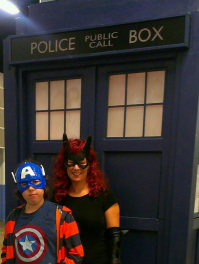Download links for: The Beats: A Graphic History


Reviews (see all)
Write review
Very interesting stories, but text-heavy and lackluster writing in a sometimes distracting way.
Tried, but couldn't finish this one.
Meh.
Other books by History & Biography
Related articles












